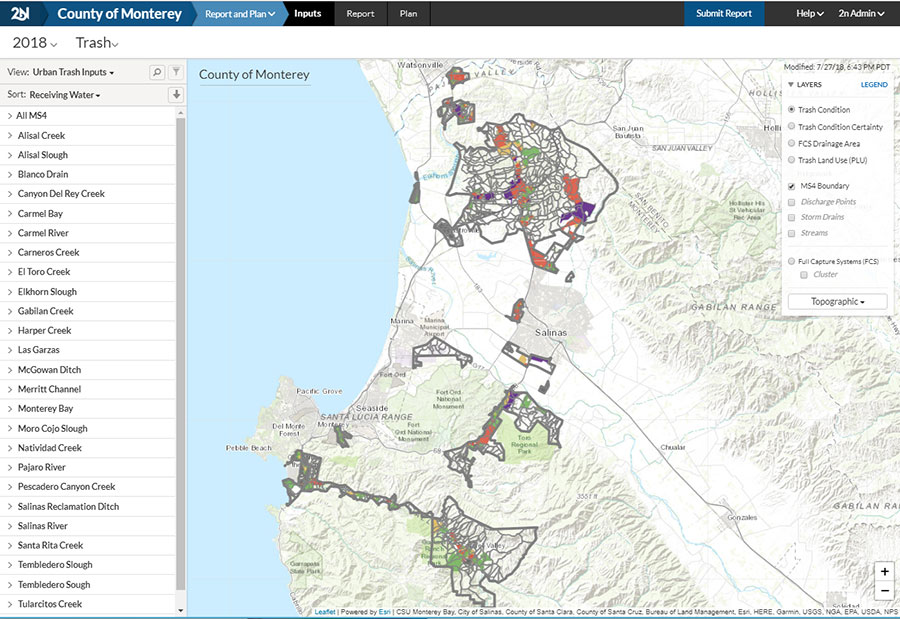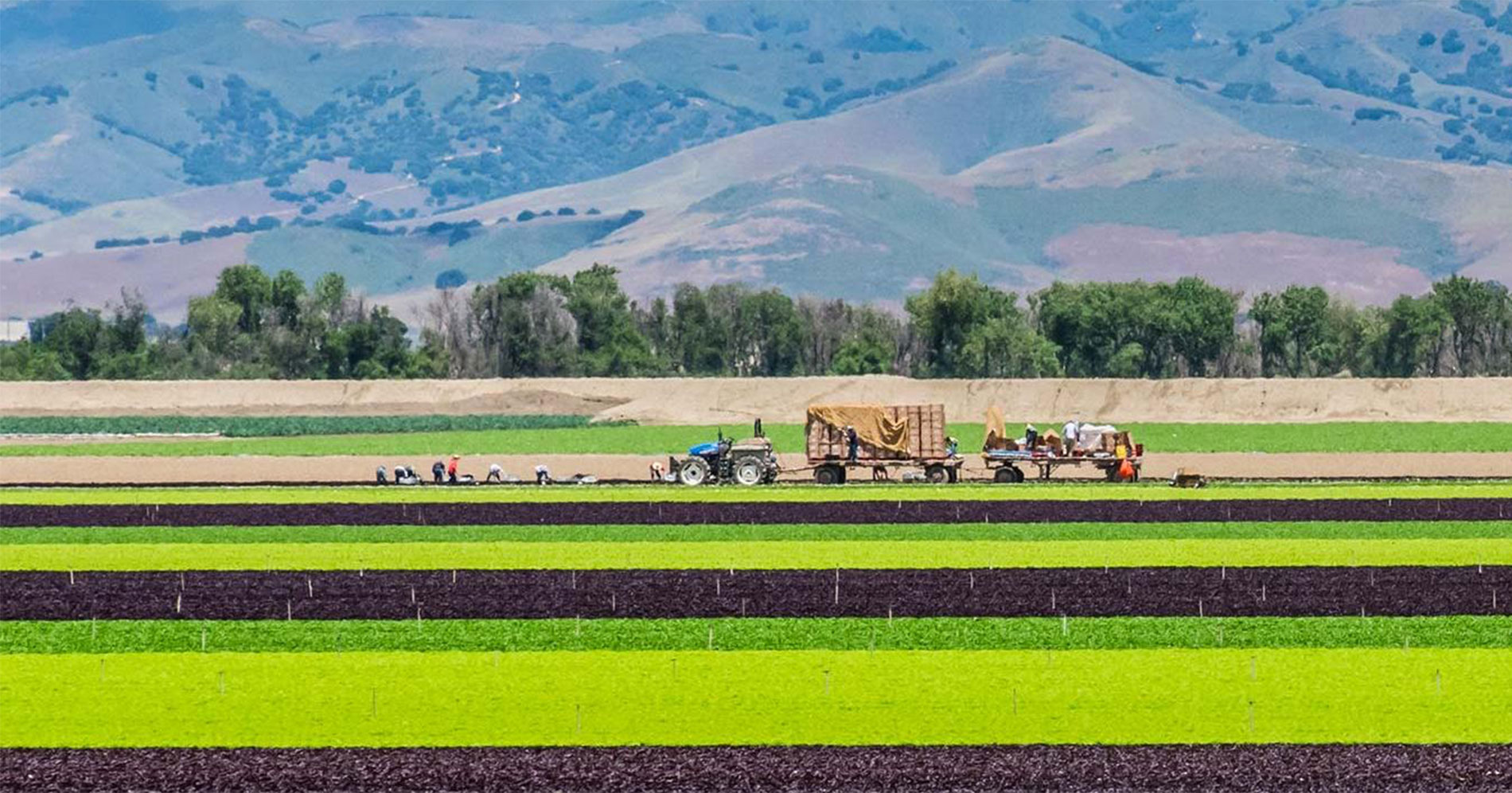MS4 annual reporting was a huge chore for the County of Monterey in California. 2NFORM compliance software made this yearly task much easier.
THE CLIENT
Monterey County, CA
Tom Harty, PE, CPSWQ, CPESC, QSD
Nestled between Santa Cruz County to the north and San Luis Obispo County to the south, Monterey County hugs California’s Central Coast. Anchored by the city of Monterey’s vibrant tourist economy, the county also has an important agriculture industry that fuels its economy. Home to an abundant fishing industry and known for the rich and abundant ocean ecosystem that exists right off the coast, Monterey County is deeply reliant on the health of its waterways to support its local industry.
THE CHALLENGE
Lots of Data but Little Information
Tom Harty and his stormwater staff spent hundreds of hours trying to track down the information required from the various municipal departments for their MS4 annual report. Once found, the data needed to be collated, combined into a single report and then, finally, submitted to the regulator. Generating the annual report was an incredibly time-consuming and inefficient process. All this time was spent preparing reports that documented what was being done, rather than analyzing the data to create and execute a plan that would be effective at improving water quality within the county. Additionally, Monterey County covers such a huge geographic area that simply trying to find a way to organize the vast areas in a coherent way for the stormwater staff was a herculean task.

OUR SOLUTION
Organized data with a holistic vision
Monterey County needed a solution that would allow them to not only meet their permit and compliance requirements more efficiently but also and empower them to make positive change. With its applied science approach, stormwater compliance software 2NFORM was able to take the larger components that affect the overall quality of the stormwater discharges and pull them into a more basic model that can assess the condition of a small portion of the drainage system.
By breaking the county’s permit area into drainage catchments, the stormwater management team can now identify the areas that deliver more pollutants to the receiving waters and thus focus their efforts in these areas rather than taking a one-size-fits all approach to all areas of the county. 2NFORM analytical outputs display as easy to translate mapped formats rather than tables of pollutant concentrations and loads, providing Tom with much more user-friendly and practical products to communicate program priorities and environmental benefits.
Finally, 2NFORM aggregates county data annually, allowing quick and easy year-to-year comparisons to transparently evaluate program progress. Annual reporting was transformed from an unwieldy and time consuming process to a quick and streamlined task, saving the county time and money.
The Results
- Maps that encompass the county’s entire urban drainage system
- A suite of tools that allows complete system analysis
- Huge time savings on reporting requirements – freeing up resources to focus on strategy and analysis
- Easy-to-understand reports for efficient review, analysis and submission to regulator


